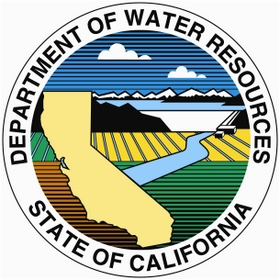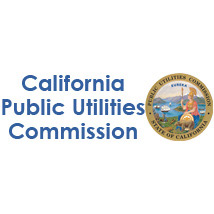California Water Association’s (CWA) January 21, 2019, comment letter to the Department of Water Resources addressed several aspects of the Public Review Draft (PRD) of the California Water Plan Update 2018 (Update 2018). After discussing the prioritization of actions in the Executive Summary, CWA’s letter suggested revising the description in Chapter 1 on what the Sustainable Groundwater Management Act requires, as well as adding a paragraph on the uses of environmental water.
For Chapter 2, CWA recommended moving “Insufficient and Unstable Funding” to the category of “Critical Challenges,” and proposed adding an action under Goal 4 in Chapter 3 “to empower under-represented and vulnerable communities.” CWA’s final comments related to Chapter 4, citing two reasons for questioning the recommendation to continue the same state cost-share proportion of 10 of total federal, state, and local expenditures on water resource management for the next five years. The letter noted:
- Because the pressure on water bills continues to grow as a result of ongoing pressures for high-quality drinking water, capital improvements and related infrastructure requirements, and new regulations on drought planning, cyber security, disaster preparedness, water-use efficiency regulations, and water-quality compliance, state policymakers need to look at the taxpayer and not just the ratepayer for additional funding of statewide water management necessities.
- Governor Newsom has proposed an $8 billion increase in the state’s budget without disturbing the rainy day fund. If state revenues do, indeed, have this kind of flexibility and surplus, and if water resource management needs and challenges are as imperative as spelled out in Update 2018, it is only reasonable that the state cost-share proportion be increased by a modest amount to reduce pressure on ratepayers, local agencies, and utilities.
CWA also suggested changing the narrative in Chapter 4’s Scenario B on general obligation bonds to be more balanced between their benefits and drawbacks and revising Scenario B to allow more flexibility by reflecting the need to balance the reliance between taxpayers and ratepayers. The letter concluded by emphasizing the “hopes that Update 2018 will regain its position of prominence in state planning for water management.”





